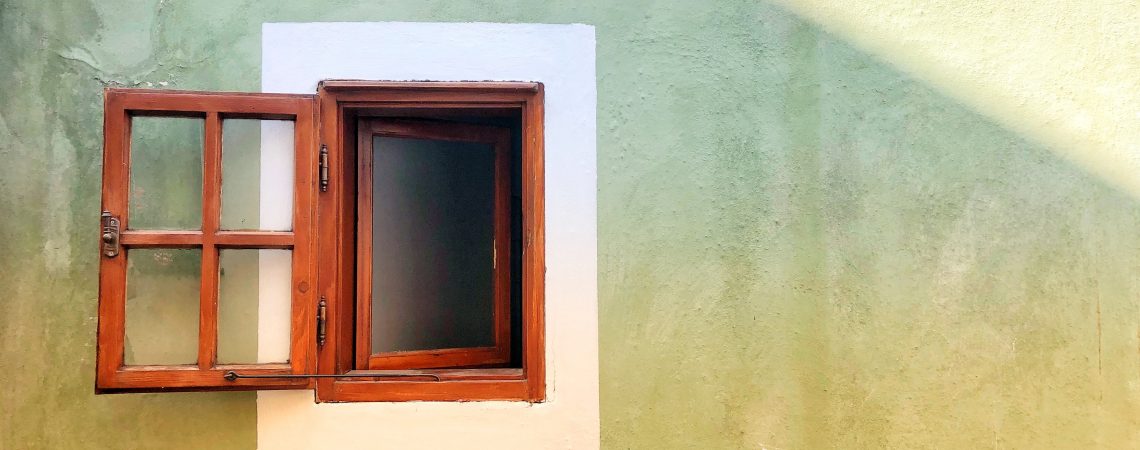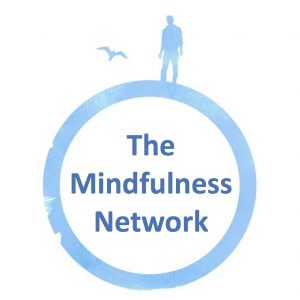
– written by Rosalie Dores (re-published in full with her permission)

When we embark on a path of meditative practice and living mindfully, it can feel very personal, and in many ways it is. Our motivation may be rooted in the wish to improve of our quality of life or the desire to manage our health and well-being more skilfully. Added to this, each of us has a particular set of circumstances and conditions, which will dictate how much time and energy we can allocate to this endeavour. It’s also the case, that there are a variety of meditation practices, and paths, on offer and, that one may suit us better than other. It is true, that meditation is a very private affair. It is also true that it isn’t. Lets explore this.
In the course of a human life, in the course of a day, we move through a range of experiences. Some of these are pleasant, connection with others, satisfaction, contentment, happiness and even joy. Others are unpleasant and even difficult, disconnection from others, conflict, anxiety, stress, physical pain and loss. Though these experiences may feel very specific to us at the time, when we consider more deeply, it is evident that these are a universal part of being human.
Rationally, we know this, however, experientially, when life is difficult, we are prone to taking it very personally, “Why is this happening to me?” Of course, it is happening to me, but it is also happening to millions of other people, and perhaps in far more difficult ways. Take a few minutes to reflect on this video Moments:
There are practices that can support us in maintaining perspective when times are difficult. The Compassion Break, a practice derived from the Mindfulness and Self Compassion programme (MSC), encourages us to acknowledge our interconnection with others in times of difficulty. There are three stages, 1) Acknowledge, that a difficulty is present 2) Extend awareness to the fact that others are also experiencing this difficulty, and 3) Offer yourself some kind words. You can listen to a guided Compassion Break here. I have found it to be a profound practice. The awareness that was so tightly congealed around a sense of ‘me and my problems’ opens up. There is more space. Less self-concern and greater wisdom regarding the existential nature of the experience.
As many of you know, I teach a meditation practice called ‘Insight Dialogue’ (ID) and its secular sister ‘Interpersonal Mindfulness’ (IM). Both meditative practices are conducted in relationship with other people. Historically, meditation practice has been practiced in solitude. Even when one is with other people, one meditates with the eyes closed and without active engagement of any kind. Relational meditation asks us to do something different, to practice meditation with the eyes open, and engage in the dynamism of our relational lives. As I’m guessing many of you know, no small challenge! The good news is that a solitary meditation practice provides a firm grounding in the skill of being present. This skill is the very essence of relatedness – to be connected in presence. Film maker Nic Askew put it like this, ‘Did you ever consider, that the one thing, that might turn the entire world on it’s axis. Your undivided and so still attention.‘
In ID practice we access the capacity for presence in the meditative guideline Pause. When we Pause, we step out of automatic ways of being and relating. We guide awareness to our sensate experience physically/emotionally, to our thinking. We rest in the immediacy of experience. We then invite the guideline Relax, Receive, Allow, actively inviting a release of any physical tension, softening what can be softened, receiving what cannot. What Relax is to the body, Accept is to the mind. So we notice any psychological or emotional resistance to our experience and re-orient to include, even this. These two guidelines provide a means for being more grounded and non-reactive while in communication with another. The third guideline, Open, invites the possibility of sustaining this awareness internally, but also externally in relation to the other, and to both at the same time. We consciously include another person, expanding into a relational field of awareness. This capacity to Open, to widen and narrow our awareness, will be familiar to those of you, who have undertaken a mindfulness course. All of the meditation practices support us in harnessing and strengthening this attentional flexibility.
The relational meditation guideline Open invites us to extend our awareness beyond ourselves. When we open, we circumvent the mind’s tendency to shrink into self-preoccupation. What I call shrinking into thinking. Opening is an antidote to worry and anxiety. When we notice that we have shrunken inwards, lost awareness of our environment, we can consciously open our awareness to include what, or who, is around us. Try it now. As you read this post, allow your awareness to include the temperature of the air on your skin. The sounds close to you, and those far away. The visual phenomena around your screen. A sense of your physical presence in this place. I love to practice open when I am out walking. When I notice that I am getting wrapped up in concerns and worries, I consciously expand my awareness to include the world that I am a part of. Not only do I benefit from experiencing the world more vividly, I feel expanded, connected, alive, and in touch with the wonder of life. David Whyte speaks to this beautifully:
All this petty worry
while the great cloak
of the sky grows dark
and intense
round every living thing.
This capacity to open is important, not only to the quality of our personal lives and well-being, but also for our world. As our meditation practice deepens, we experience our undeniable interconnectedness with every living thing. We know, experientially, that though we may feel separate from others, human and non-human. We are not. We share this same small fragile planet. We are each responsible for the part that we play here. The footprint that we leave. We know that we make an impact, for better or worse.
Meditators are well placed to make a positive impact on the world. People who pay attention in a world plagued by, and actively encouraging, attention deficit, are radicals. I’m not talking about grand acts, I’m talking about small ones, local ones, that make a difference. Smiling at a stranger. Helping someone who looks lost, find their way. Putting oneself in another person’s shoes and thereby cultivating empathy and understanding. Actively researching the impact of consumer choices. Recycling. The world needs people who are engaged in maintaining healthy mental, emotional and physical hygiene. People who are consciously cultivating the emotional capacity to include a whole range of emotions within themselves, in others and in the world at large. People who are able to recognise, and be accountable for their behaviours. People who can be resilient to change, who are willing to change. People who are willing to open, and engage with the world, even when it is painful and difficult. The environmentalist, farmer, poet Wendell Berry says:
Communicate slowly. Live
a three-dimensioned life;
stay away from screens.
Stay away from anything
that obscures the place it is in.
Here’s to living a three dimensional life! To being open and connected. To being an active participant in life. To being awake!
This blog was originally published on 29 October 2018 on Rosalie’s website at http://www.optimalliving.co.uk/blog/a-practice-of-opening/.




